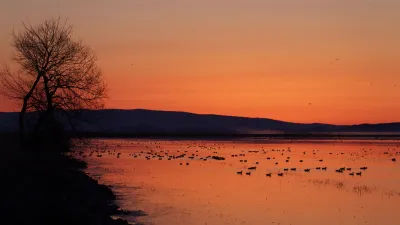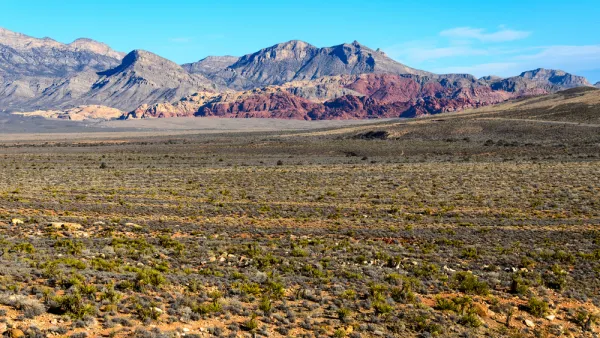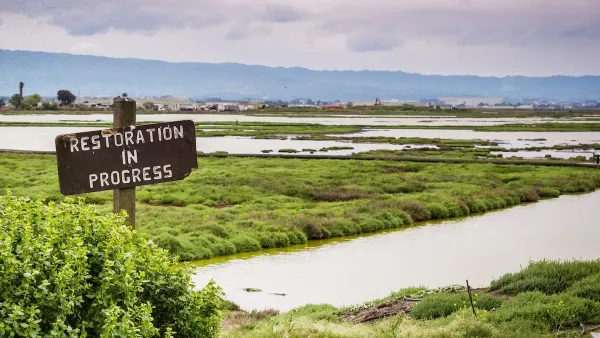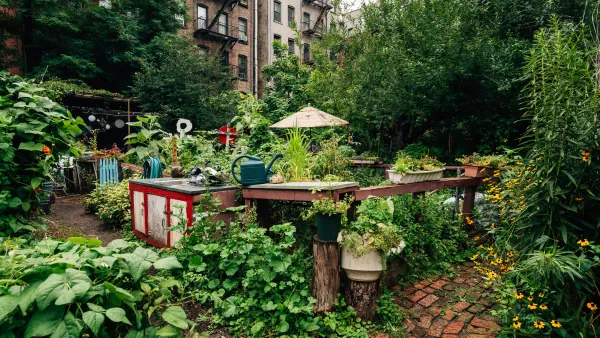A partnership of researchers has created the most detailed map yet of the places where biodiversity is most at risk in the United States.

The New York Times recently shared a map touted as the most detailed documentation of biodiversity risk ever created. The map raises questions, addressed in the source article, about how to protect biodiversity on the nation's private and public lands.
The map, based on research published in the journal Ecological Applications, was created by NatureServe and a network of state partners, the geographic mapping platform Esri, and the Nature Conservancy.
Catrin Einhorn and Nadja Popovich wrote the article that accompanied the map for the New York Times. The writers dig into the findings and methodology of this ambitious research, revealing a lot of nuance about the existential risk to biodiversity in the United States because of environmental degradation and climate change and the tools the country has available to effectively protect species without risking unintended consequences.
The article also puts the details of the map in context of an evolving conversation about the role of public land in preserving biodiversity in the United States. "California is leading the way in tackling some of these challenges," write Einhorn and Popovich. "It has more land under biodiversity protection than any other of the lower 48 states, but it’s also home to high concentrations of imperiled species that live outside of those areas."
As noted in the article, president Joe Biden announced the "American the Beautiful" plan in May 2021 to protect 30 percent of the land in the country by 2030—a tripling of the amount of protected land in the country in less than a decade that follows the "30 by 30" model.
FULL STORY: This Map Shows Where Biodiversity Is Most at Risk in America

Analysis: Cybertruck Fatality Rate Far Exceeds That of Ford Pinto
The Tesla Cybertruck was recalled seven times last year.

National Parks Layoffs Will Cause Communities to Lose Billions
Thousands of essential park workers were laid off this week, just before the busy spring break season.

Retro-silient?: America’s First “Eco-burb,” The Woodlands Turns 50
A master-planned community north of Houston offers lessons on green infrastructure and resilient design, but falls short of its founder’s lofty affordability and walkability goals.

Test News Post 1
This is a summary

Analysis: Cybertruck Fatality Rate Far Exceeds That of Ford Pinto
The Tesla Cybertruck was recalled seven times last year.

Test News Headline 46
Test for the image on the front page.
Urban Design for Planners 1: Software Tools
This six-course series explores essential urban design concepts using open source software and equips planners with the tools they need to participate fully in the urban design process.
Planning for Universal Design
Learn the tools for implementing Universal Design in planning regulations.
EMC Planning Group, Inc.
Planetizen
Planetizen
Mpact (formerly Rail~Volution)
Great Falls Development Authority, Inc.
HUDs Office of Policy Development and Research
NYU Wagner Graduate School of Public Service




























